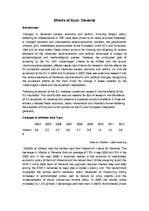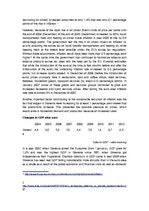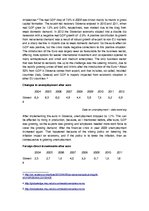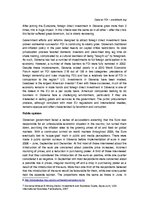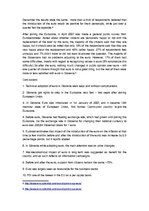Conclusions
1. Technical adoption of euro in Slovenia went easy and without complications.
2. Slovenia got rights to step in the Eurozone very fast – two years after joining European Union.
3. In Slovenia Euro was introduced in 1st January of 2007, and it became 13th member state of European Union, first former Communist country to join the Eurozone.
4. Before euro, Slovenia had floating exchange rate, which had grown until joining the Eurozone. So the exchange rate in Slovenia for changing their national currency to euro was 239,64 Slovenian tolars for 1 euro.
5. Eurostat estimates that impact of the introduction of the euro on the inflation at that time (a few months before and after the introduction of the euro) was increase by 0.3 percentage points, but it rapidly abated.
6. In Slovenia while adopting euro, the main attention was on price changes.
7. Macroeconomical impact of euro in long-term was suggested as benefit for the country, and as such reflects on information campaigns.
8. Before and after the euro, support from citizens remain the same ~75%.
9. Euro was largely seen as favourable for the business sector.
10. FDI one of the lowest in the EU on a per capita basis.
…
Eiro ieviešanas ietekme Slovēnijā Changes in Slovenian society, economy and politics, including foreign policy, following its independence in 1991 have been driven by its newly acquired statehood, a changed domestic and international politico-economic situation, the globalization process, and, nonetheless approximation to the European Union (EU) and Eurozone. How and to what extent these drivers account for shaping and adapting of various elements of the Slovenian socio-economic and political landscape is subject to epistemological and methodological queries. However, the undisputed goal of acceding to the EU, with Copenhagen criteria to be fulfilled and the acquis communautaire adopted, offered clearer benchmarks for research into the effects the EU accession process had on Slovenian society, economy and politics.

